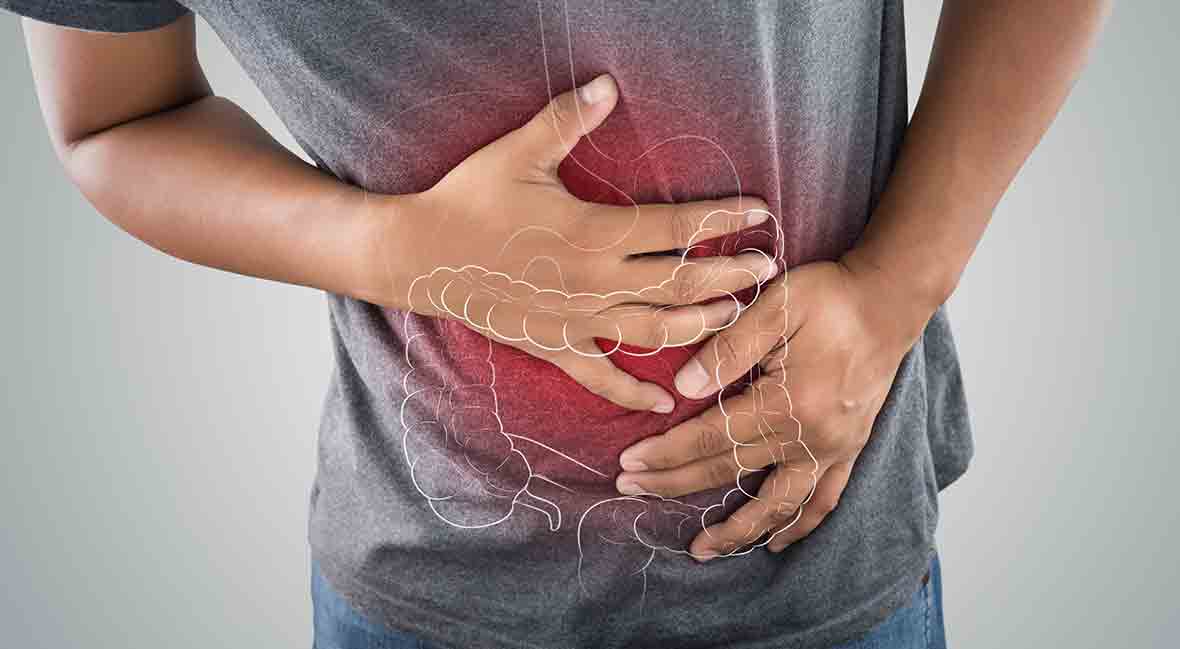

Computerized tomography (CT) enterography and magnetic resonance (MR) enterography.A CT scan may also reveal how much of the colon is inflamed. A CT scan of your abdomen or pelvis may be performed if a complication from ulcerative colitis is suspected. If you have severe symptoms, your provider may use a standard X-ray of your abdominal area to rule out serious complications, such as a megacolon or a perforated colon.
:max_bytes(150000):strip_icc()/remedies-for-ulcerative-colitis-89152-color-6f205cb8b6f94118b87c79a3d9fc4bea.jpg)
If your colon is severely inflamed, this test may be preferred instead of a full colonoscopy. Your provider uses a slender, flexible, lighted tube to examine the rectum and sigmoid colon - the lower end of your colon. A tissue sample is necessary to make the diagnosis. During the procedure, tissue samples are taken for laboratory analysis. This exam allows your provider to view your entire colon using a thin, flexible, lighted tube with a camera on the end. A stool sample also can help rule out other disorders, such as infections caused by bacteria, viruses and parasites.

White blood cells or certain proteins in your stool can indicate ulcerative colitis. Your provider may suggest blood tests to check for anemia - a condition in which there aren't enough red blood cells to carry adequate oxygen to your tissues - or to check for signs of infection or inflammation.


 0 kommentar(er)
0 kommentar(er)
